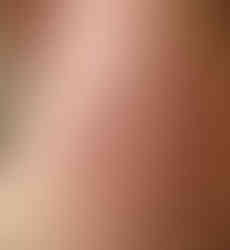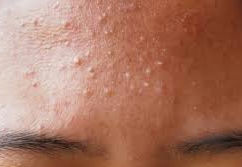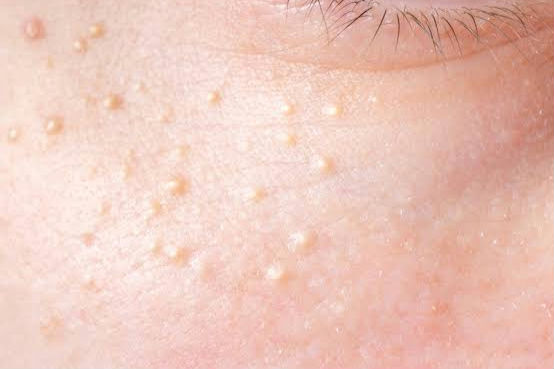Is your acne ‘Fungal acne’? Doctor teaches how to identify fungal acne.
- Dr.Oela Roy
- Aug 25, 2022
- 2 min read
What is ‘Fungal Acne’?
It’s a misnomer i.e it’s not acne/pimple at all!
It’s actually inflammation of the hair follicle (i.e Folliculitis), caused by a fungus (namely Malasezzia species).
It’s also known as ‘Pityrosporum folliculitis’ or ‘Malasezzia Folliculitis’. This is what you will commonly see written by your doctor on your prescription. We know we like giving fancy names, but we're bored sometimes 😊
It's called Fungal acne because it looks like regular acne – red small bumps, with or without a white top.

How do we usually get fungal acne?
On our skin, just like good bacteria, good fungus also forms a part of the healthy ‘skin microbiome’. Yes, you have fungus growing on you literally!
Imbalance of this microbiome fungus in number & types, caused due whatever reasons causes - overgrowth of typical fungus in the hair follicles around the oil glands/sebaceous glands of our skin.
Reasons for overgrowth of skin fungus or evil pathogenic fungus are –
Damp or too much moisture
Sweat staying on the skin for too long,
Sweating excessively during exercise or activity,
Sweat trapped inside tight clothing.
Imbalance of skin microbiome
People on antibiotics for too long or if the antibiotics are too strong & broad- spectrum. Decrease in good bacteria leads to increase in skin fungus growth.
People with low immunity like those on anti-cancer drugs, diabetic patients, organ transplant patients who are on immunosuppressant drugs.
To be mommies (Pregnant ladies)
Use of overly harsh skincare products which destroy the skin barrier (a protective layer of healthy lipids and microbiome over our skin).
Dietary changes & Warm climate
Foods rich in carbs and sugars aid in fungal growth.
Warm humid climate – Fungus loves that tropical vibe. However, fungal acne can also happen in cold regions or weather.
The above reasons aid in fungal overgrowth. However, they are not absolute causes.
How do I differentiate Fungal acne from bacterial acne?
Bacterial Acne | Fungal Acne |
Isolated or in varying numbers (Usually spread over oily zones) | In groups or clusters. |
Acne, whiteheads or blackheads of varying sizes. Blackheads – usually pinpoint. Cystic acne – usually bigger in size. | Monomorphic i.e usually all of same size. |
Red bumbs, white heads, blackheads. | Small bumbs. They are usually red, small and pus-filled. But they can also be without pus filled tips and skin-coloured. |
Most commonly on the face( T-zone which is oily), back, armpit etc | Most commonly on arms, chest, back and also the face. On the face - forehead and the chin area or around the eyelids. |
Usually not itchy. | Usually itches. However, in case of small ones, itching can go unnoticed. |
I know the table above has so many exceptions and common points and it’s so hard to correctly diagnose unless you have had enough experience. So what is the way out?
Bacterial acne
Fungal acne
Following are some photographs of varied type of fungal acne cases :
We hope you we were successful in spreading awareness and clearing a few doubts. Now that you have determined if it's fungal acne or not, read about treating it here. Do comment, we love comments and checkout our forum too on myhealthclub.








This is helpful. Thank you so much.